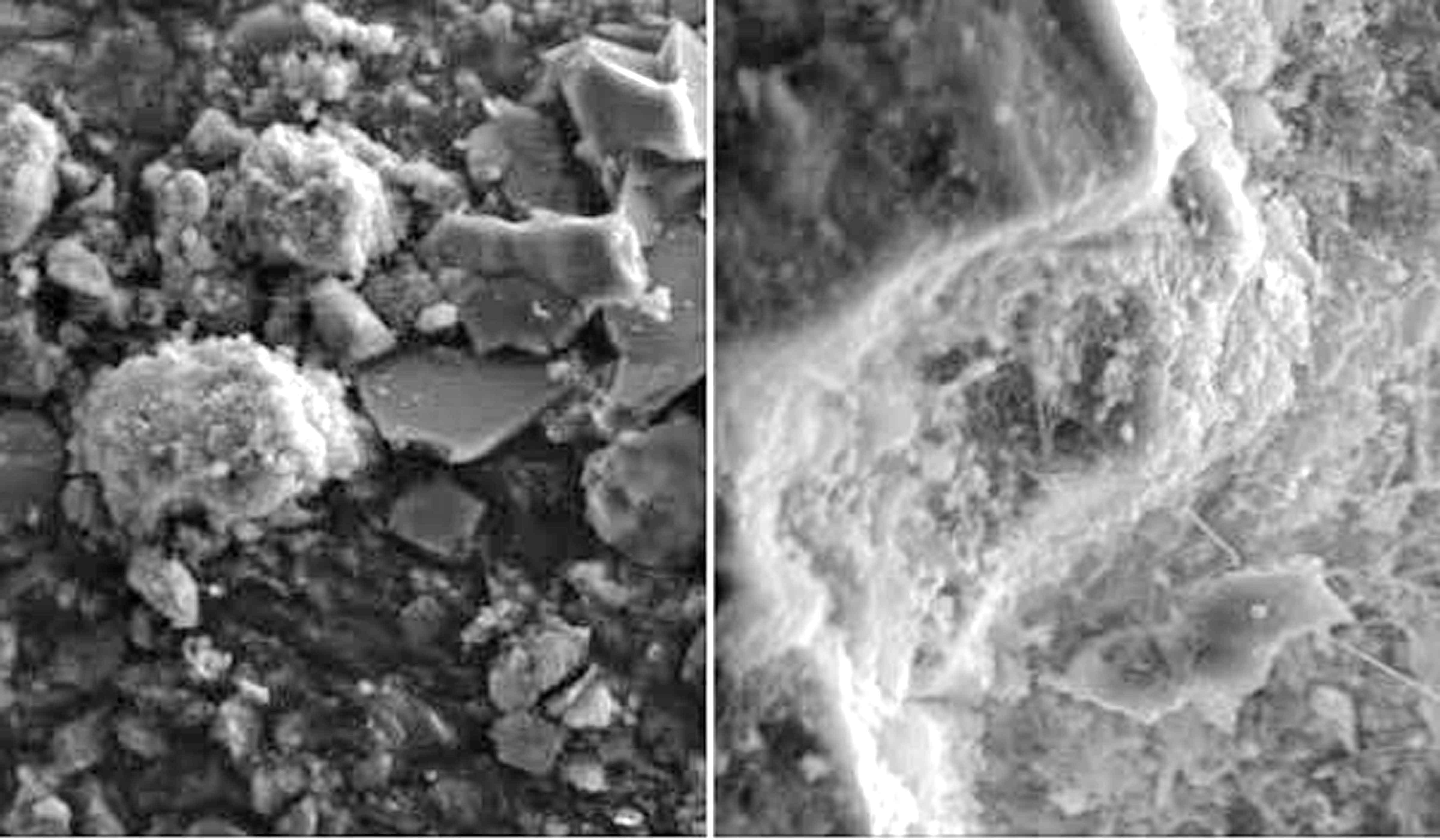This project assessed the use of crushed fines from recycled concrete (CFRCs), modified with nano silicon dioxide, to passively remove chlorides from polluted stormwater runoff.
Highway runoff, a major source of non-point source water pollution, has adverse effects on adjacent waters if no measures are taken to remove excessive contaminants that accumulate from highway construction, maintenance, and use. Cold climate may present additional challenges. Snowmelt and rain-on-snow events can produce large runoff volumes, and frequent salting and sanding activities may increase sediment loads. Snow/ice control products applied to winter pavement are significant sources of stormwater pollution. Chloride salts used as freezing point depressants are highly soluble in water and are therefore very difficult to remove from water bodies. They do not degrade in the environment, and their accumulation therefore poses a long-term risk to groundwater quality.
Transportation agencies need cost-effective tools to address this issue. However, current approaches for treating chloride-laden stormwater mainly rely on diversion and dilution rather than on removal of the chlorides.
To address this issue, this project preliminarily assessed the effectiveness of using crushed fines from recycled concrete (CFRCs), subjected to nano-modification, to act as a passive cementitious filter to treat surface stormwater runoff containing high levels of chlorides and typical levels of total phosphorus, nitrogen, and metals. The researchers tested nano silicon dioxide (SiO2) as the modifier for the CFRC. Samples of CFRCs were processed by admixing nano SiO2 at 0.3 percent (by mass), and then the material was heated at 525ºC for 3 hours.
The researchers also sought to determine the mechanisms underlying the engineered sorbents’ removal of contaminants. They characterized the chemical and physical properties of these CFRC materials by applying X-ray diffraction (XRD), Fourier transform infrared spectroscopy (FTIR), Brunauer-Emmett-Teller (BET) measurement, scanning electron microscopy (SEM), and energy dispersive X-ray spectroscopy (EDS).
The modified CFRCs showed good potential to chemically bind chloride. And once saturated with contaminants, these filter media could be fully recycled in sustainable concrete applications. For these reasons, this passive stormwater treatment method could substantially benefit highway and other agencies that must clean stormwater runoff, particularly in cold climates.
Authors:
Wenbing Li
Xianming Shi
WSU Department of Civil and Environmental Engineering
Sponsor: Center for Environmentally Sustainable Transportation in Cold Climates

